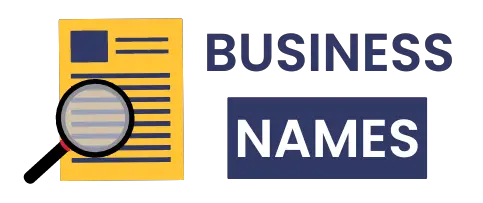You work 40 hours a week. You barely save any money. And you wonder if there’s a way to make money while you sleep.
Here’s the truth most people won’t tell you: Real passive income doesn’t require $50,000. It doesn’t need perfect credit. And it won’t make you rich overnight.
However, it can help you pay off debt more quickly. Cover your grocery bills. Or save for that vacation you’ve been wanting.
The key is starting with what you have right now, even if that’s just $100.
These 15 ideas range from $0 to $5,000 to start. Some pay you next month. Others take a year to build up. All of them work if you pick the right one for your situation.
1. Put Money in High-Yield Savings Accounts
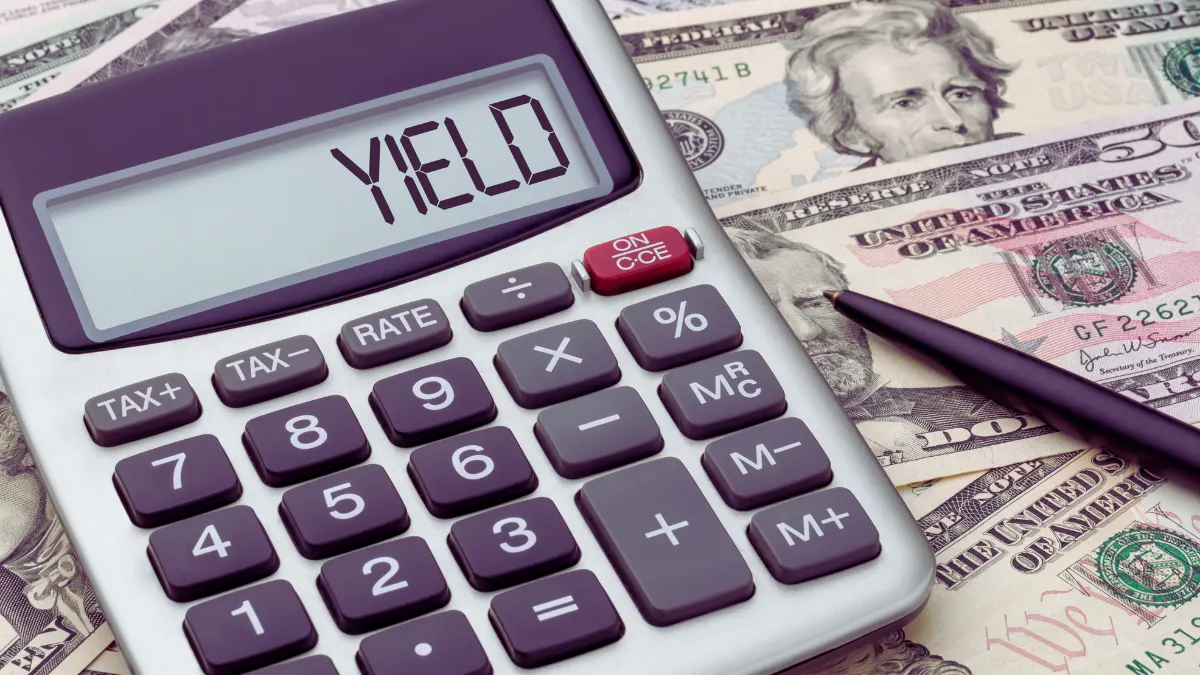
Banks pay you to keep money with them. Right now, the best savings accounts pay around 4.5% per year.
Here’s what that means: Put in $1,000, get $45 back after one year. No work required.
The best part? Your money is protected by FDIC insurance up to $250,000. This means even if the bank fails, you get your money back.
Best places to start:
- Marcus by Goldman Sachs (4.5% APY)
- Ally Bank (4.25% APY)
- Capital One 360 (4.25% APY)
- What you need: $0 to $1,000 minimum
- How much you can make: $45 per year for every $1,000 you save
- The catch: You won’t get rich from this. But you also can’t lose money.
2. Buy Dividend Stocks That Pay You Every Quarter
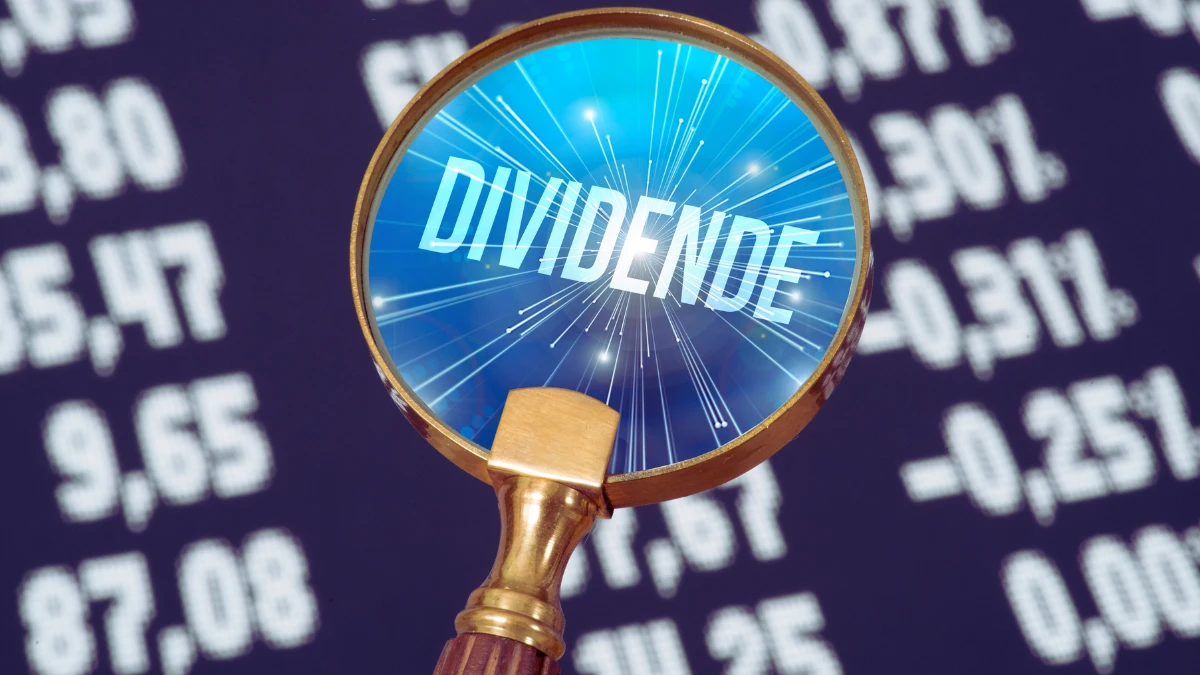
Some companies share their profits with people who own their stock. They send you cash every three months. No questions asked.
These payments are called dividends. The best dividend stocks pay 3% to 8% per year.
Companies that pay good dividends:
- Coca-Cola (pays 3.1% per year)
- Johnson & Johnson (pays 2.9% per year)
- Realty Income (pays 5.4% per year)
You can buy these through apps like Robinhood or Fidelity. Some let you buy pieces of expensive stocks for as little as $1.
- What you need: $100 to start
- How much you can make: $50 to $80 per year for every $1,000 invested
- The catch: Stock prices go up and down. You might lose money if you sell too soon.
3. Lend Money Through Peer-to-Peer Platforms

Remember when you lent money to a friend? Peer-to-peer lending works the same way. But instead of friends, you lend to strangers through apps.
The apps handle everything. They find borrowers. Collect payments. Send you money each month.
Where to start:
- Prosper (6% to 12% returns)
- LendingClub (closed to new investors, but alternatives exist)
- Kiva (0% returns but helps people worldwide)
- What you need: $25 to $1,000 to start
- How much you can make: $60 to $120 per year for every $1,000 you lend
- The catch: Some people don’t pay back their loans. You could lose money.
4. Create Digital Products That Sell While You Sleep
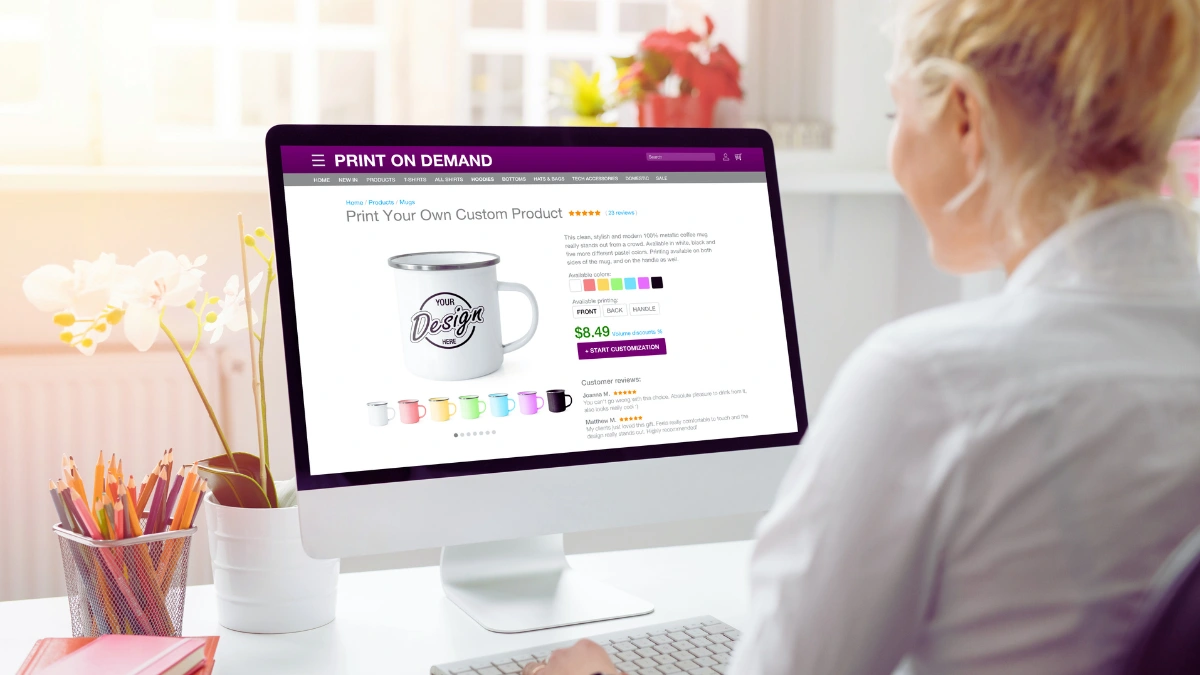
Make something once. Sell it forever. That’s the power of digital products.
What sells well:
- E-books on topics you know
- Excel templates for budgets or planning
- Printable planners or calendars
- Online courses teaching skills
Where to sell:
- Etsy for printables and templates
- Amazon Kindle for e-books
- Gumroad for any digital product
- Teachable for online courses
Sarah makes $300 per month selling budget spreadsheets on Etsy. She made them two years ago. People still buy them every day.
- What you need: $0 to $500 for tools and marketing
- How much you can make: $100 to $5,000+ per month (takes 6-12 months to build)
- The catch: You need to create something people actually want to buy.
5. Invest in Real Estate Without Buying Property

You can own pieces of office buildings, apartments, and shopping centers. All through your phone.
Real estate crowdfunding apps let you invest in property with other people. You put in money. They buy buildings. You get paid when the buildings make money.
According to Fundrise’s 2023 Annual Report to investors, their eREIT platform delivered net annualized returns of 22.99% in 2021, 1.52% in 2022, and 7.45% in 2023. This shows how much real estate returns can change from year to year.
Best platforms:
- Fundrise (minimum $500)
- YieldStreet (minimum $1,000)
- RealtyMogul (minimum $5,000)
- What you need: $500 to $5,000 to start
- How much you can make: $50 to $200 per year for every $1,000 invested
- The catch: Your money gets locked up for years. Real estate values go up and down.
6. Make Money from Affiliate Links in Your Content
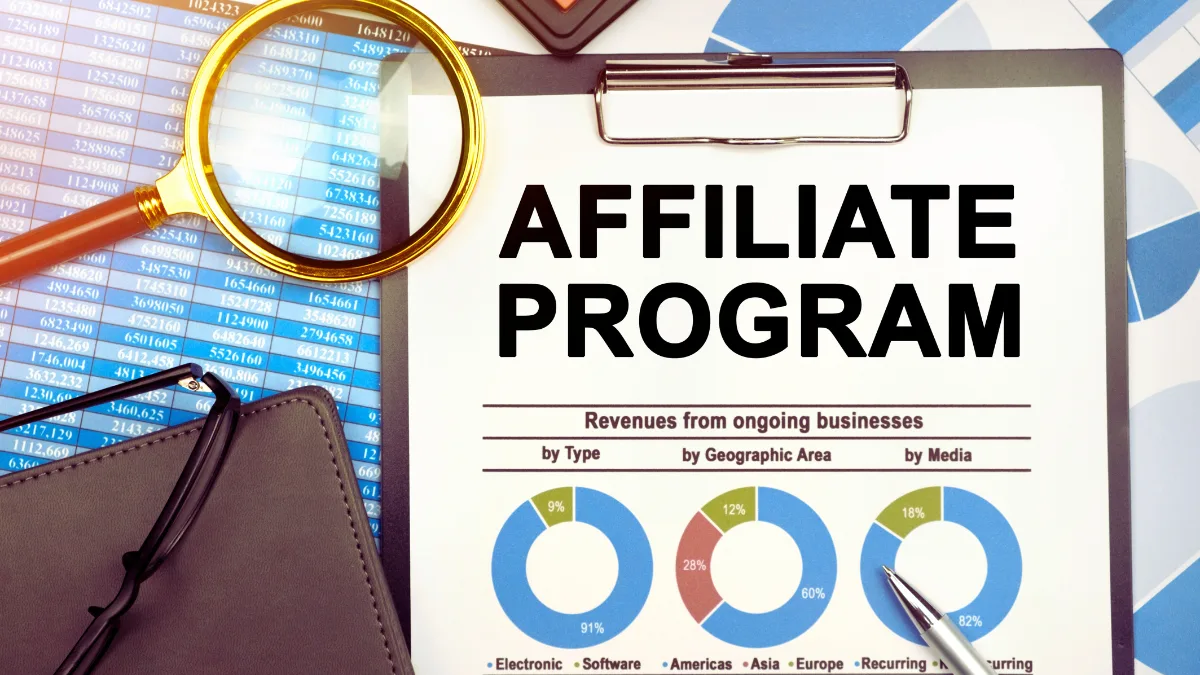
Companies pay you when people buy their products through your special links. No selling required. Just recommend products you actually use.
How it works:
- Sign up for affiliate programs
- Get your special links
- Share them in blog posts, videos, or social media
- Get paid when people buy
Best affiliate programs:
- Amazon Associates (1% to 10% commissions)
- ShareASale (varies by company)
- Commission Junction (varies by company)
Mike makes $800 per month recommending camping gear on his YouTube channel. He started three years ago with videos about weekend trips.
- What you need: $0 to $500 for website or video equipment
- How much you can make: $50 to $2,000+ per month (takes 12-24 months to build)
- The catch: You need an audience first. This takes time and work up front.
7. License Your Photos and Art for Royalty Payments

Take photos. Upload them. Get paid every time someone downloads them.
Stock photo websites buy pictures of everyday things. Office workers. Coffee cups. Happy families. Sunsets.
Where to sell your photos:
- Shutterstock (pays $0.25 to $120 per download)
- Getty Images (pays 15% to 45% royalty)
- Adobe Stock (pays $0.33 to $70 per download)
What sells well:
- Business people in meetings
- Food and cooking
- Technology and gadgets
- Nature and travel
- What you need: $200 to $2,000 for a decent camera
- How much you can make: $50 to $500 per month (after building a large portfolio)
- The catch: It takes hundreds of photos to make good money. The market is very competitive.
8. Rent Out Storage Space in Your Home

Your garage, basement, or spare room could make you money. People need places to store their stuff.
Where to list your space:
- Neighbor (like Airbnb for storage)
- StoreAtMyHouse
- Spacer
- PeerStorage
What people store:
- Christmas decorations
- College student belongings
- Business inventory
- Classic cars (garages only)
Tom makes $150 per month renting half his garage to a neighbor who stores motorcycle parts.
- What you need: Clean, dry space and basic security
- How much you can make: $50 to $300 per month, depending on space and location
- The catch: Need to check local laws. Insurance might not cover stored items.
9. Build a Simple Mobile App That Makes Money
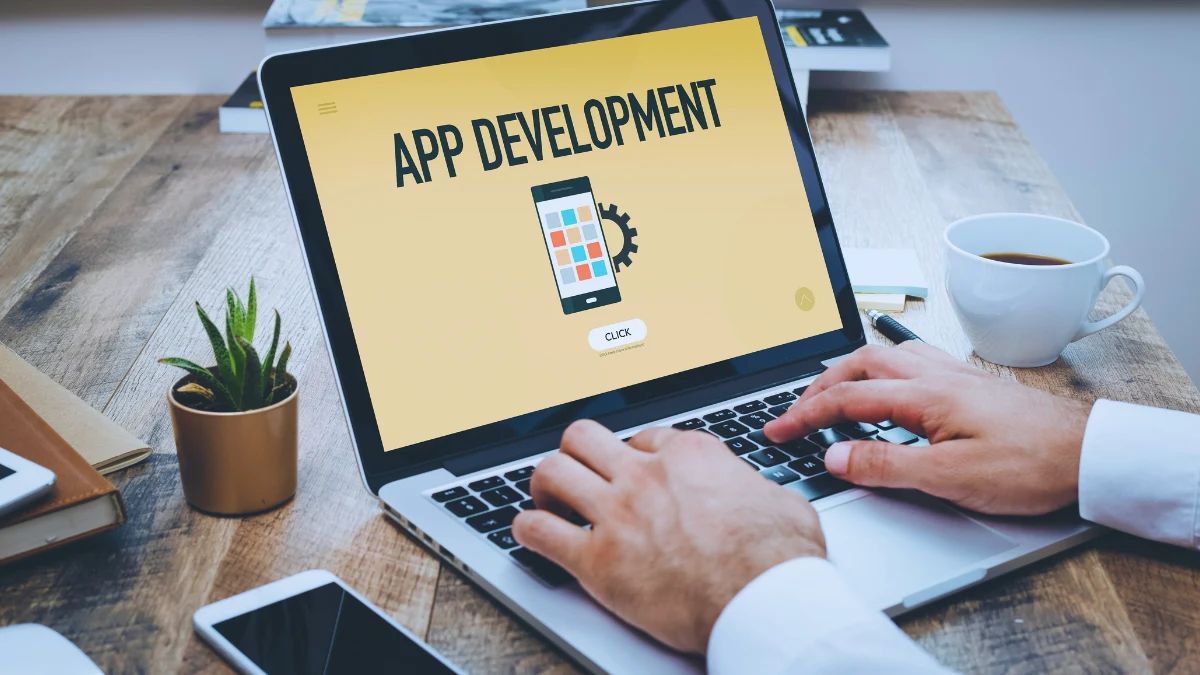
You don’t need to code anymore. Apps like Glide and Adalo let you build apps by dragging and dropping pieces.
Ways apps make money:
- Ads that show to users
- Monthly subscriptions
- One-time purchases
- Selling user data (legally)
App ideas that work:
- Local business directories
- Simple games
- Habit trackers
- Recipe collections
- What you need: $0 to $100 per month for app-building tools
- How much you can make: $0 to $5,000+ per month (most apps make nothing)
- The catch: 99% of apps fail. You need a great idea and some luck.
10. Buy Government and Corporate Bonds
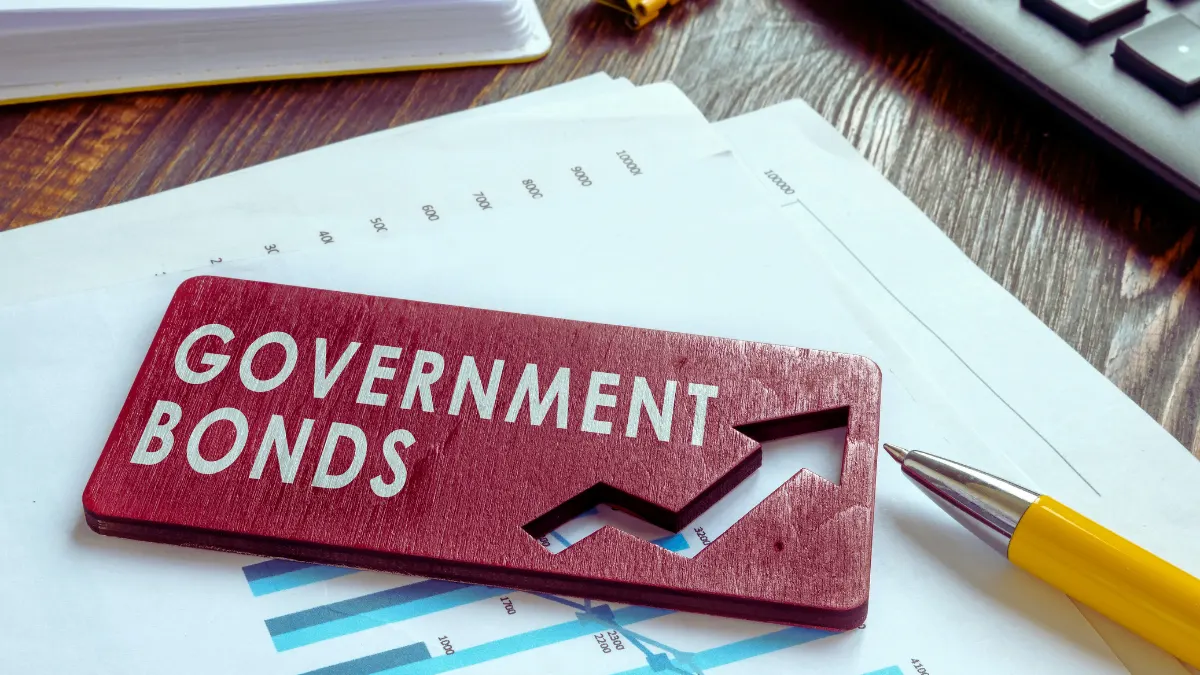
When you buy bonds, you’re lending money to governments or companies. They pay you back with interest.
Bonds are safer than stocks but pay less interest. Government bonds seldom fail to pay back.
Types of bonds:
- U.S. Treasury bonds (safest, 4% to 5% returns)
- Corporate bonds (riskier, 5% to 8% returns)
- Municipal bonds (tax-free in some cases)
Where to buy bonds:
- TreasuryDirect.gov for government bonds
- Fidelity, Charles Schwab, or Vanguard for all types
- What you need: $100 to $1,000, depending on the bond
- How much you can make: $40 to $80 per year for every $1,000 invested
- The catch: Your money gets locked up for months or years.
11. Rent Your Car or Parking Space When Not Using It

Your car sits unused 95% of the time. Your driveway is empty while you’re at work. Both can make you money.
Car sharing apps:
- Turo (like Airbnb for cars)
- Getaround
- HyreCar
Parking space apps:
- SpotHero
- ParkWhiz
- JustPark
Lisa makes $400 per month renting her Honda Civic on Turo. She uses the money to pay her car payment.
- What you need: A clean car or an empty parking space
- How much you can make: $200 to $1,000 per month for cars, $50 to $400 for parking
- The catch: Cars get worn out faster. Need good insurance. Parking laws vary by city.
12. Use High-Yield Business Checking Accounts

Regular checking accounts pay almost nothing. Business checking accounts can pay 3% to 5% on your money.
The Federal Deposit Insurance Corporation’s 2023 Summary of Deposits report showed that the average interest rate on business savings accounts was 0.45%. Meanwhile, high-yield business accounts from online banks offered rates up to 4.65%.
You need a business to open these accounts. But starting a simple business (like freelance consulting) costs almost nothing in most states.
Best business checking accounts:
- Capital One Spark (3.5% to 4.5% APY)
- BlueVine (up to 4.75% APY)
- Novo (up to 5.25% APY)
- What you need: A registered business and $100 to $2,500 minimum balance
- How much you can make: $350 to $525 per year for every $10,000 in the account
- The catch: Need to maintain business status. Some accounts have transaction limits.
13. Start a YouTube Channel or Podcast That Pays You
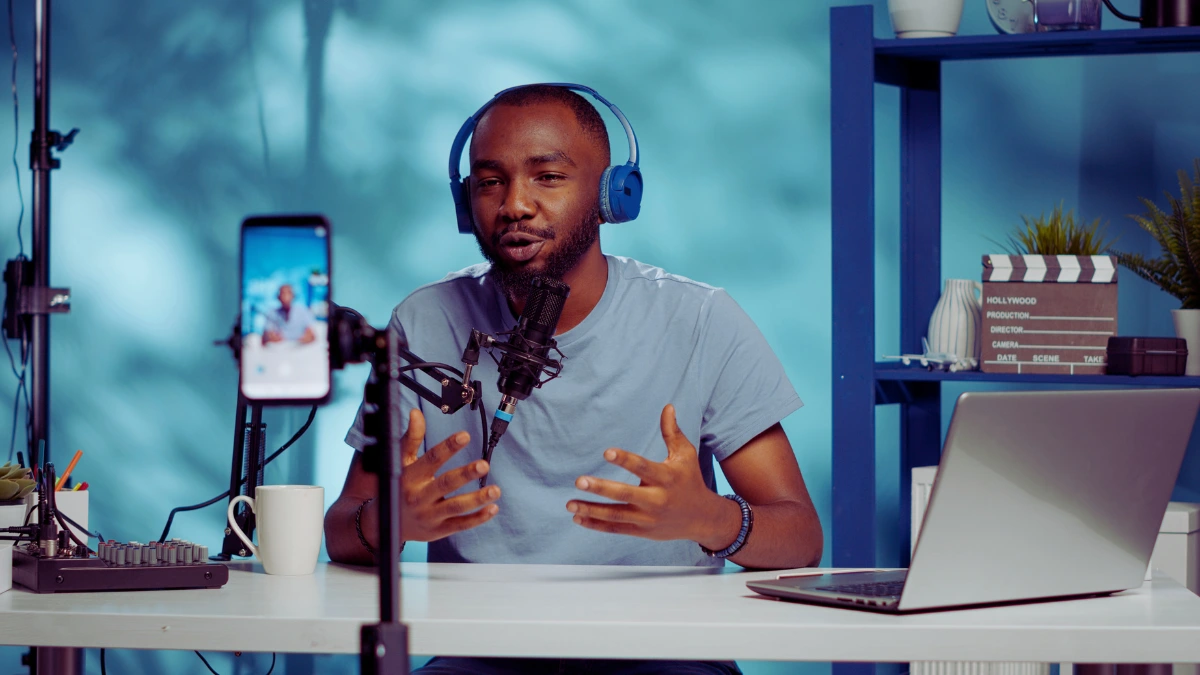
YouTube pays creators through ads. Podcasts make money through sponsors and affiliate links.
How YouTube pays:
- $1 to $3 per 1,000 views from ads
- Sponsorship deals
- Channel memberships
- Product sales
How podcasts make money:
- Sponsor ads ($15 to $50 per 1,000 downloads)
- Affiliate marketing
- Premium subscriber content
- What you need: $100 to $1,000 for basic equipment
- How much you can make: $100 to $10,000+ per month (takes 1-3 years to build audience)
- The catch: You need 1,000 subscribers and 4,000 watch hours to make money on YouTube. Takes consistent work to grow.
14. Put Money in Index Funds That Track the Market
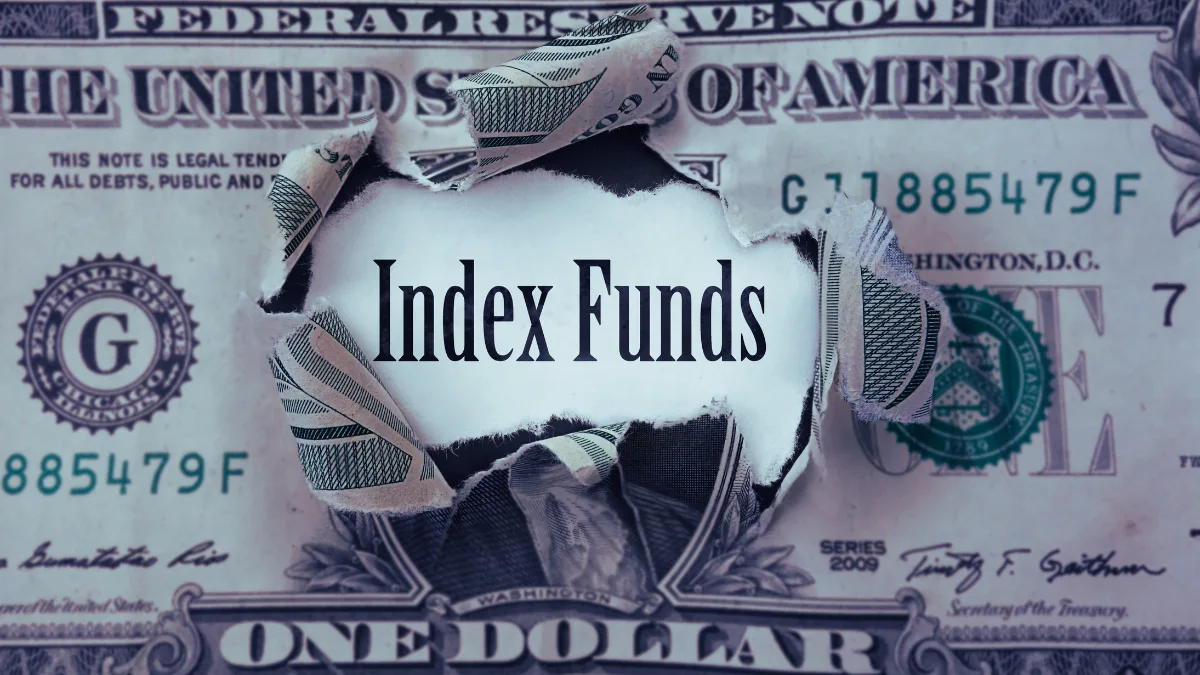
Index funds own pieces of hundreds of companies. When companies do well, you make money. When they do poorly, you lose money.
The S&P 500 has averaged 10% returns per year for the past 50 years. Some years it goes up 30%. Other years, it drops 20%.
Best index funds:
- Vanguard S&P 500 ETF (tracks 500 big companies)
- Fidelity Total Market Fund (tracks all U.S. companies)
- Schwab International Fund (tracks companies worldwide)
- What you need: $1 to start at most brokers
- How much you can make: $100 per year for every $1,000 invested (historical average)
- The catch: Markets go up and down. You might lose money in bad years.
15. License Your Ideas and Inventions
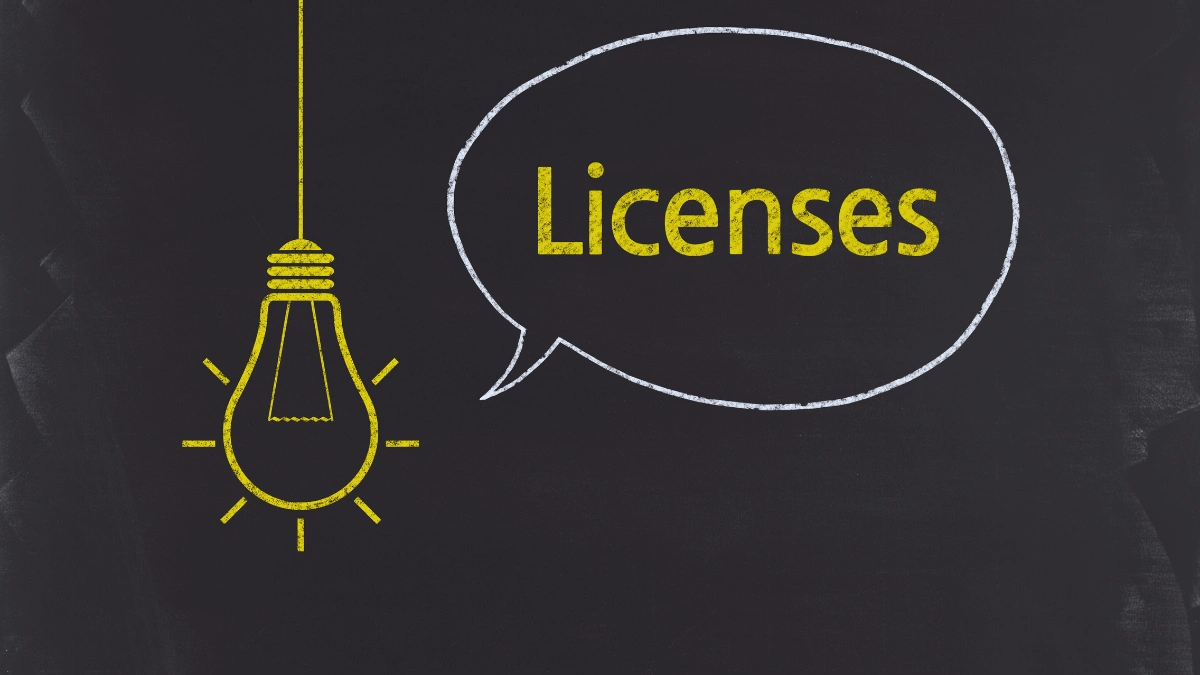
Have a good idea for a product? You don’t have to build it yourself. License it to companies that do.
What you can license:
- Product designs
- Software ideas
- Brand names and logos
- Processes that save money
How it works:
- Protect your idea with patents or trademarks
- Find companies that might want it
- Negotiate a licensing deal
- Get paid royalties on sales
- What you need: $1,000 to $10,000 for legal protection
- How much you can make: $0 to $100,000+ per year (most ideas make nothing)
- The catch: Very few ideas become successful products. Legal costs add up quickly.
